Kit Homes VS Modular Homes: What’s are the different ways to build a home?
Prefab (prefabricated) homes, modular homes, kit homes, and Design for Manufacturing and Assembly (DfMA) are all terms commonly used in the realm of prefabricated construction. While they share similarities, they each have distinct definitions and characteristics. Let’s explore four different scenarios of building construction, shedding light on the nuances between these types of prefabrication.
Bob the Builder: Traditional Construction from Scratch
Meet Bob, a builder who constructs homes using traditional methods. Bob sources timber from stores like Bunnings and meticulously constructs the frame of the house from scratch. This traditional approach can be time-consuming, taking months or even years to complete.
Kerry’s Kit Home: Prefabrication with Customisation
Kerry is building a kit home, where the house’s frame is pre-designed using CAD software and manufactured in a factory. The frame is delivered as flat sections that can be assembled on-site, similarly to the assembly of a gingerbread house. By pre-fabricating the major components, on-site construction time is significantly reduced. This method also minimizes material wastage, as manufacturers can design to specific orders. Kerry’s experience is like assembling flat-pack furniture, with pre-cut pieces and a construction manual for guidance. This is significantly more convenient and allows Kerry to be involved in the creation without a background in building (or furniture) construction.
Modular for Murray: Efficient Factory-Constructed Homes
Murray chooses a modular home, which is fully constructed in the factory before being transported to the site. These homes are delivered volumetrically, meaning they are assembled with empty spaces (air) within the rooms. As a result, on-site assembly is swift, often taking just a few hours. Think of this like when Murray ordered balloons for his daughter’s birthday party. He could opt for store-inflated helium balloons, which take up substantial space in his car but require no extra work on his part on arrival. Alternatively, he could choose a packet of balloons, not inflated, that occupy minimal space for the transportation though require inflation at the party. Murray is all for efficiency and goes for the pre-inflated balloons.
Diane and DfMA: Hybrid of Kit and Modular Homes
Diane selects a DfMA construction, combining elements of kit and modular homes. The frame components are pre-cut and transported in a flat-packed format for transportation efficiency. On-site assembly, however, is significantly faster as much of the construction is prepped for efficient erection. Picture butterfly homes or transpack products, which are transported in a two-dimensional format and “unfolded” within a few hours.
Please note that iBuild’s Modular and DFMA solutions are designed to be for temporary use across Australia.
Customisation and The Advantages of Prefabrication
While Bob values the flexibility and control of traditional construction, Kerry was also able to be involved in the design process before the frame is manufactured. Many prefab options allow customisation throughout the construction process, making them as flexible as traditional methods. Some prefab products are readily available “off the shelf,” offering superfast production, ideal for large developments. Ultimately, all prefab methods save construction time compared to traditional approaches. Additionally, prefabricated housing tends to be more sustainable, reducing waste in manufacturing and transportation and lowering CO2 emissions.
Prefab, modular, and kit homes are distinct forms of prefabricated construction, each with its advantages and characteristics. Understanding these differences empowers homeowners and builders to make informed choices that align with their needs and preferences. Prefabrication offers significant time savings, enhanced sustainability, and efficient on-site construction, making it an exciting and innovative area in the building industry.
